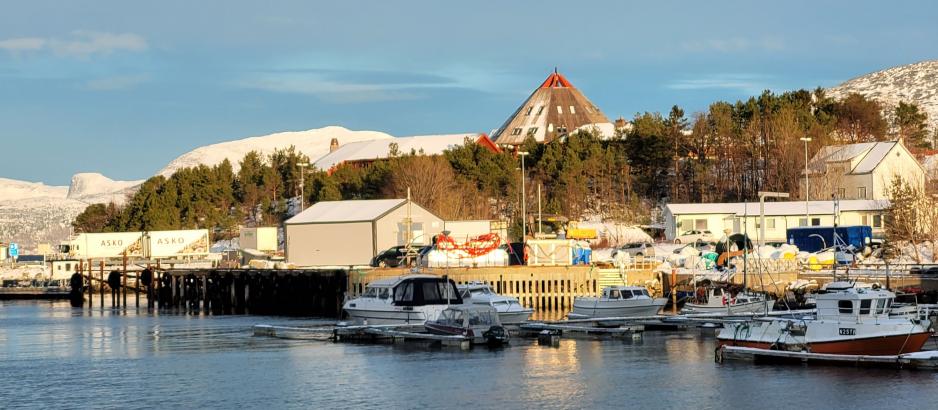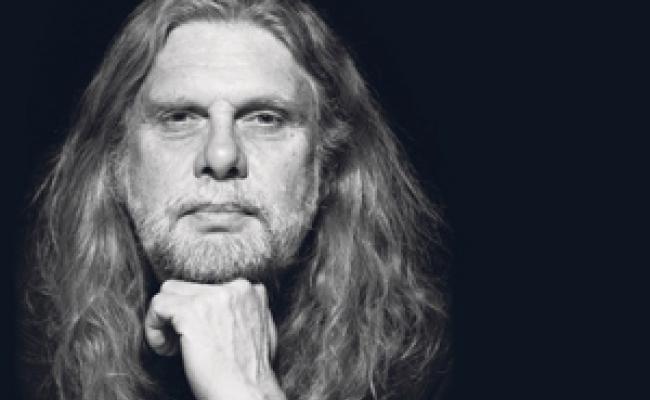Commentary: We Know Less and Less about Each Other, Except for the Infection Potentially Imposed on Us

Sometimes I get a feeling that we are forgotten if the news media do not have an infection outbreak in the North to cover. Here; Drag in Hamarøy municipality, Northern Norway. (Photo: Arne O. Holm)
(COMMENTARY) Drag, Hamarøy: An almost year-long Corona pandemic, combined with a crazy American president, has affected our national media in a dangerous way. We know increasingly less about each other, perhaps with the exception of the local infection we might suffer from.
Perhaps the media coverage had to become so massive, so one-sided. For a long time, I myself have started the day with American newspapers. Local media’s obsession with property transactions was no time-out from the American election campaign and the battle against Covid-19. It was just an annoying reminder that too much of the journalistic agenda is set by brokers, those who live off a cut into other people’s spending.
Opt the Arctic out
It is nevertheless more of a problem when national media for a long period opt out from, or are forced away from, stories that contribute to spreading knowledge about the nation as a whole.
Historically, knowledge about what happens in Northern Norway has been kept off both history books and teaching curriculums. Since we by and large have avoided the ravings of the pandemic, I am left with a feeling that we have become almost forgotten during the past year. Except from that one time when we introduced a quarantine for southerners, though that did not lead to increased knowledge, neither about people nor business in the High North.
A feeling that we have become almost forgotten during the past year
A survey conducted by the High North Center of Business and Governance at Nord University shows that those living in the south have major knowledge gaps about what happens in the High North.
Or rather; their thirst for knowledge, if the survey is anything to go by. Based on a representative selection of young people under the age of 4+0, living south of the border to Northern Norway, almost 80 percent respond that they know too little about the northern parts of Norway. In fact, they have so little knowledge that only three percent of the respondents would even consider moving from the south to the north.
If those three percent were actually willing to put that thought into practice and move north, they would nevertheless be enough to stop the brain drain from the north to the south. The answers in the survey demonstrate very clearly that drastic measures have to be taken in order to trigger the potential.
The pandemic paradox
The survey also reveals a paradox. While national media coverage has been dramatically narrowed, the pandemic has contributed to sending far more young people from the south towards the north, chasing experiences.
And the far most of them went home again with a brand-new look on the modern North, a knowledge not communicated in teaching curriculums or on national news. The boast about the universities, they talk about export-oriented businesses, they have realized that Northern Norway contributes positively to the national economy, to mention but a few of the positive grades lauded.
A more liberal immigration policy is applauded
You have to look far and wide in national media archives to find news stories revealing these truths in a manner that can put resilient myths about life in the North to rest.
On the day that Progress Party leder Siv Jensen announced her stepping down as party leader, handing the baton on to Sylvi Listhaug, I must admit that there is a certain schadenfreude bubbling when I read that a more liberal immigration policy is one of the initiatives applauded to increase population figures in the Arctic.
Knowledge gaps
In my commentary last week, I wrote about how the intelligence services’ report Fokus2021 explains with authority why it is important to increase population figures in Northern Norway as a part of our overall defense.
The survey conducted by the High North Center shows that dramatic measures must be taken in the North in order also to secure the future of the Norwegian economy.
When Donald Trump has fled from the Oval Office to the golf course and the pandemic eventually lets go, there is a seed of hope – a hope for media coverage that fills the knowledge gaps rather than increase them.
I myself am currently heading north to see with my own eyes what the last year has done to Norway’s most important strategic and economic focus area.
Let me get back to you on that.
More from Arne O. Holm:
This commentary was originally published in Norwegian and has been translated by HNN's Elisabeth Bergquist.


